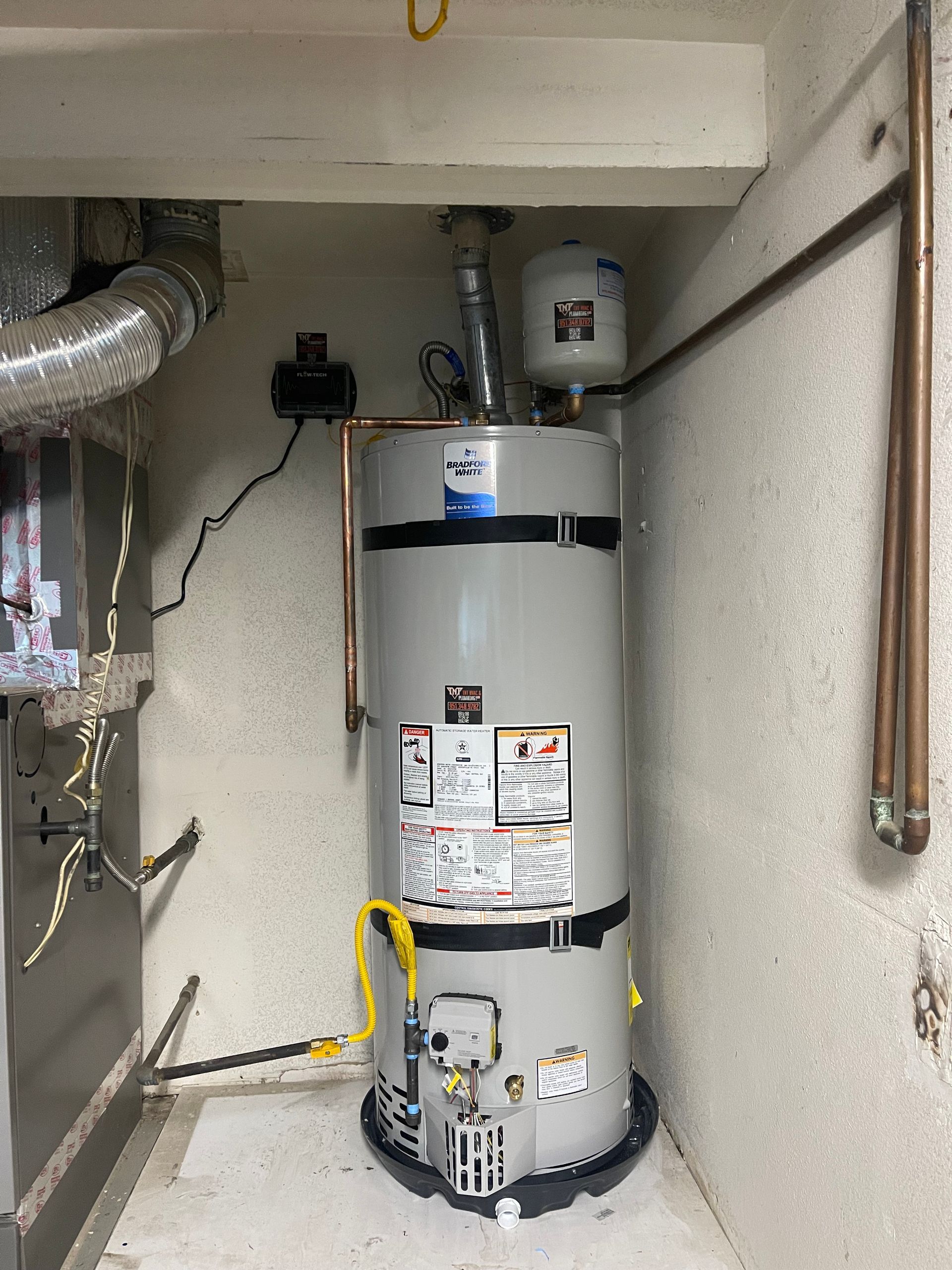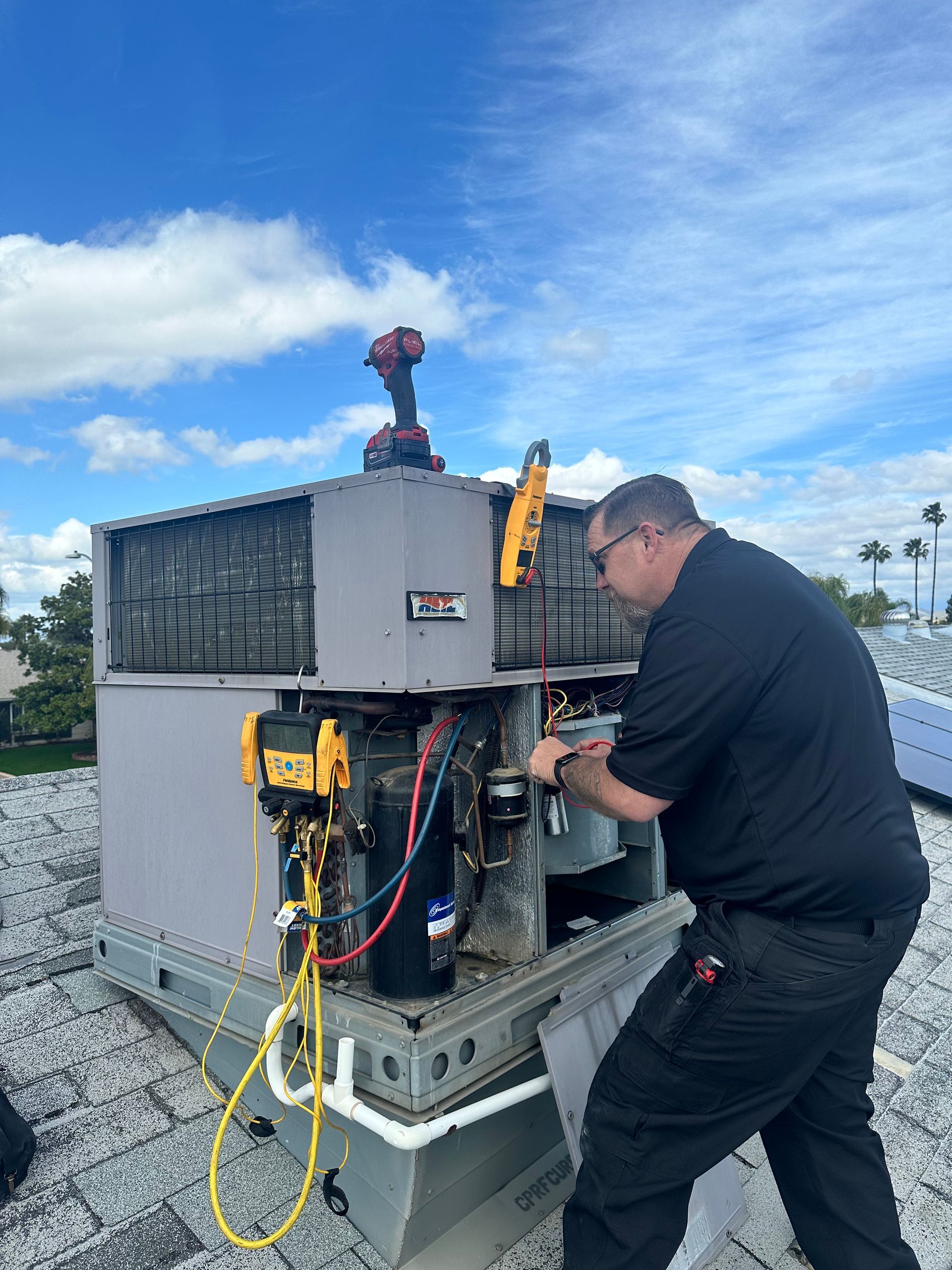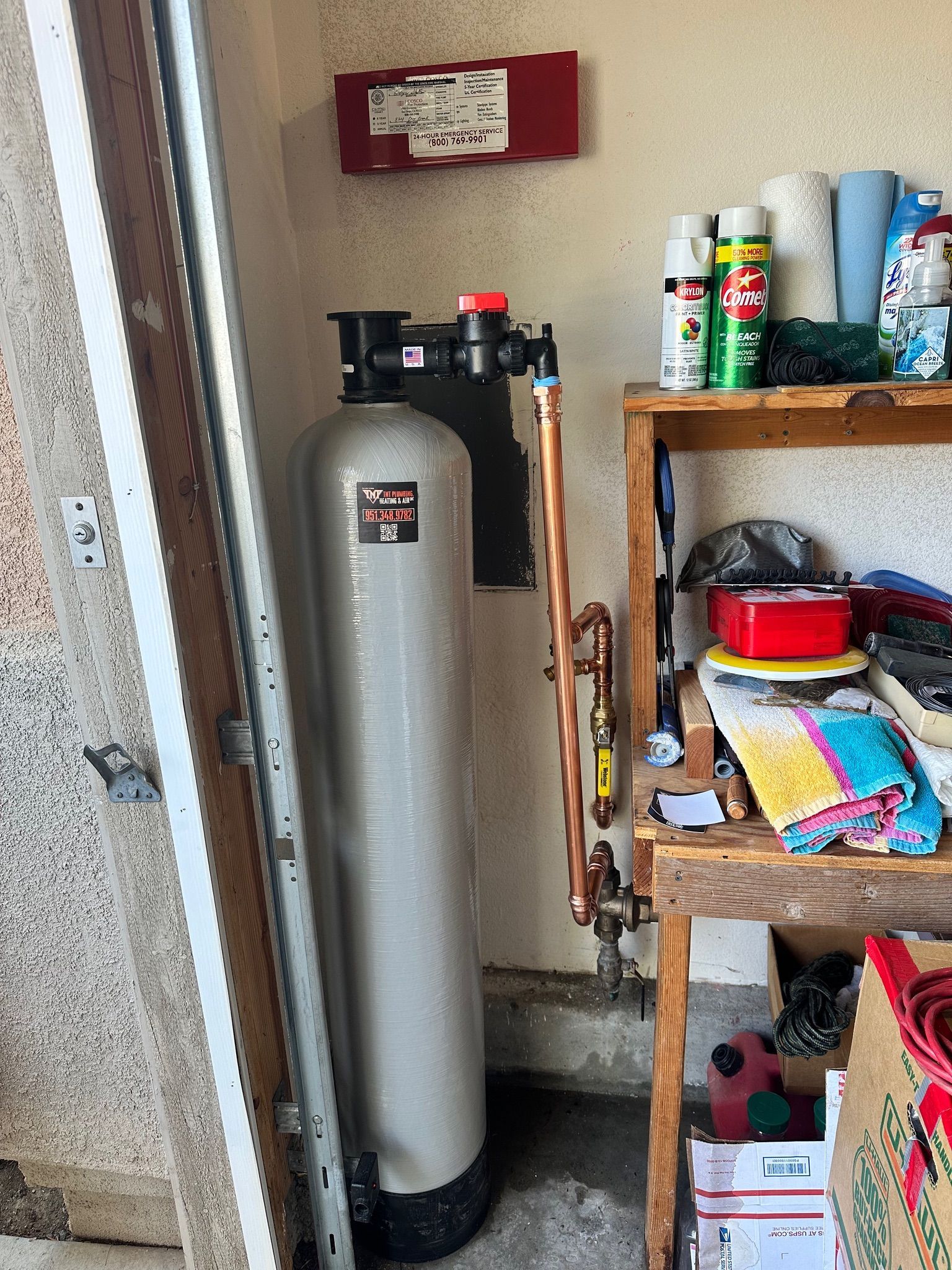Blog
Blog

By Tim Michielsen
•
February 17, 2025
Why You Should Maintain Your Tank Style Water Heater and How to Do It Water heaters play an essential role in our daily lives, delivering hot water for heating, cooking, cleaning, and bathing. Among the various types available, tank style water heaters remain popular for both residential and commercial use. However, like any appliance, they require regular maintenance to operate efficiently and prolong their lifespan. In this blog, we will explore the reasons for maintaining your tank style water heater and provide a comprehensive guide on how to do it effectively. Understanding Tank Style Water Heaters Before diving into maintenance strategies, it's important to understand what tank style water heaters are. These heaters store a predetermined amount of hot water in a tank, ensuring a readily available supply for use. They typically come in electric and gas varieties, with capacities ranging from 20 to 80 gallons. The water is heated within the tank via a heating element (electric) or gas burner (gas), making them efficient for restocking hot water quickly. Why You Should Maintain Your Tank Style Water Heater 1. **Improved Efficiency** Regular maintenance can significantly improve the efficiency of your water heater. Over time, sediment (usually mineral deposits) can accumulate at the bottom of the tank. This sediment buildup reduces the heater’s efficiency, making it work harder to heat water. By performing routine maintenance, you can remove this sediment, enhancing efficiency and saving on energy bills. 2. **Extended Lifespan** The average lifespan of a tank style water heater is around 10 to 15 years. With proper maintenance, you can push that lifespan to its maximum potential. Regular upkeep reduces wear and tear on components, minimizes corrosion, and ensures that parts are working as intended. 3. **Reduced Risk of Breakdowns** Unexpected failures can lead to costly repairs or even complete replacements. By maintaining your tank style water heater, you can identify potential issues before they turn into major problems. Regular inspections can uncover signs of wear, leaks, or corrosion, allowing you to address these issues proactively. 4. **Consistent Hot Water Supply** Nothing is worse than running out of hot water during a shower or while doing laundry. Proper maintenance ensures that your water heater remains in good working condition, providing a consistent supply of hot water when you need it most. 5. **Safety** Gas water heaters involve combustion, which can pose safety risks if not maintained. Regular checks on venting systems, gas lines, and burners can prevent hazards like gas leaks or carbon monoxide poisoning. How to Maintain Your Tank Style Water Heater To keep your tank style water heater in optimal condition, follow these essential maintenance steps: 1. **Regular Inspections** - **Frequency**: Inspect at least once a year. - **What to Look For**: Check for visible signs of leaks around the tank and at the connections. Monitor the pressure relief valve and drainage pipe for any signs of corrosion or dripping. 2. **Flush the Tank** Sediment buildup can lead to inefficiency and overheating. Flushing the tank helps remove this buildup. - **Frequency**: Annually or biannually, depending on water quality. - **Steps**: 1. Turn off the power supply (electric) or gas supply (gas). 2. Connect a garden hose to the drain valve at the bottom of the tank and run it to a floor drain or outside. 3. Open the drain valve and let the water out until it runs clear, which indicates sediment removal. 4. Close the drain valve, remove the hose, and refill the tank before restoring power or gas. 3. **Inspect the Anode Rod** The anode rod prevents tank corrosion by attracting corrosive elements in the water. - **Frequency**: Checks every 1-2 years. - **Replacement**: If the rod is less than 1/2 inch in diameter or shows significant wear, replace it to ensure continued protection. 4. **Check the Temperature Setting** Setting your water heater to the appropriate temperature can improve safety and efficiency. - **Recommended Temperature**: A setting of 120°F is adequate for most households. - **How to Adjust**: Follow manufacturer instructions to adjust the thermostat. Always check the hot water output with a thermometer to confirm. 5. **Insulate Your Heater and Pipes** Insulation helps retain heat, improving efficiency and reducing energy use. - **What to Insulate**: Insulate the first six feet of hot and cold water pipes connected to the heater and the tank itself using foam pipe insulation. - **How to Insulate**: Wrap insulation around the heater and secure it with tape. Install foam sleeves over the pipes. 6. **Test the Pressure Relief Valve** This valve is crucial for ensuring safe operation of your water heater. Testing it can prevent pressure buildup, which could lead to tank failure. - **Frequency**: Annually. - **How to Test**: Lift the lever on the valve and allow a small amount of water to escape. If it doesn't release or seems to be stuck, it


Working 24/7
Content, including images, displayed on this website is protected by copyright laws. Downloading, republication, retransmission or reproduction of content on this website is strictly prohibited. Terms of Use
| Privacy Policy


